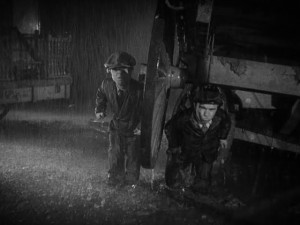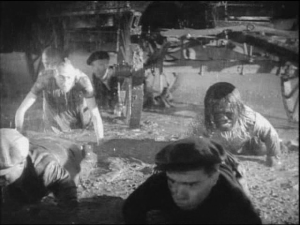 Jason Zinoman talks about a unbreakable connection between the pleasures of watching movies and “the forbidden, the taboo, and a hint of the disreputable” (212). Wes Craven’s 1991 offering The People Under the Stairs packs as many taboo subjects and as much social commentary as may be possible in a mere 102 minutes. It has been said that the movie is about racial relations, but it is about so much more.
Jason Zinoman talks about a unbreakable connection between the pleasures of watching movies and “the forbidden, the taboo, and a hint of the disreputable” (212). Wes Craven’s 1991 offering The People Under the Stairs packs as many taboo subjects and as much social commentary as may be possible in a mere 102 minutes. It has been said that the movie is about racial relations, but it is about so much more.
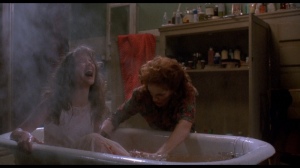 It is about child abuse, kidnapping, murder, fetish ware, cannibalism, peer pressure, socio-economic imbalance, gangs, pedophilia, incest, isolation, slum lords, slavery, mutilation, fundamentalist religion, missing children, ghetto conditions, interracial relationships, illness, poverty, unfair business practices, home invasion, greed of the medical corporations, greed at the expense of others, fear of strangers, power by violence, revenge, adolescent angst, death, war (specifically the first Gulf War), hoarding, the unrealistic idea of perfection, plastic surgery, starvation, animal cruelty, hypocrisy, unequal distribution of wealth, predators, and the monster under the bed (or in the wall).
It is about child abuse, kidnapping, murder, fetish ware, cannibalism, peer pressure, socio-economic imbalance, gangs, pedophilia, incest, isolation, slum lords, slavery, mutilation, fundamentalist religion, missing children, ghetto conditions, interracial relationships, illness, poverty, unfair business practices, home invasion, greed of the medical corporations, greed at the expense of others, fear of strangers, power by violence, revenge, adolescent angst, death, war (specifically the first Gulf War), hoarding, the unrealistic idea of perfection, plastic surgery, starvation, animal cruelty, hypocrisy, unequal distribution of wealth, predators, and the monster under the bed (or in the wall).
The crazy Robertson siblings represent a melding of disreputable and taboo with their more than a little strange relationship and completely wacko behavior. In one scene, Fool’s grandfather explains how “the greedier they got, the crazier they got,” thus relating a love of money to these taboo practices and therefore labeling it as taboo as well.
Zinoman points out that Craven, as well as John Carpenter and Dan O’Bannon, was trying to present the audience with “the most unpleasant thing possible” (226).

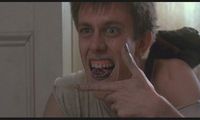
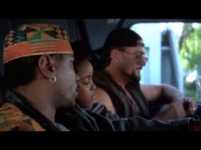
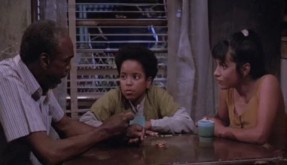

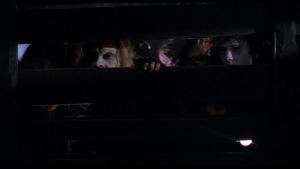
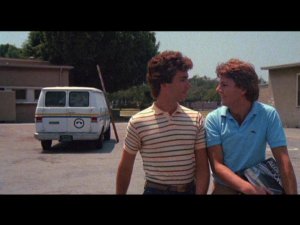
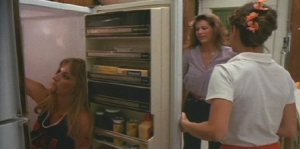

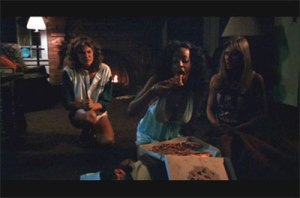
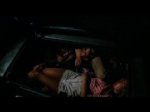
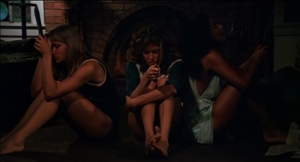
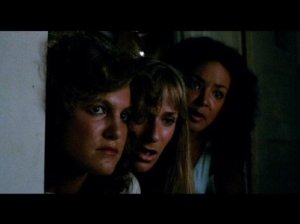
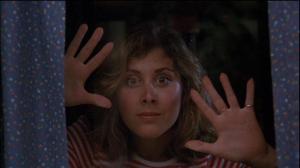
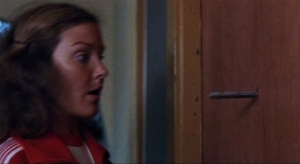
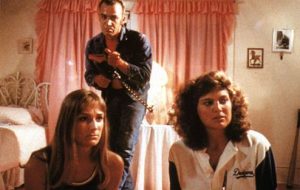
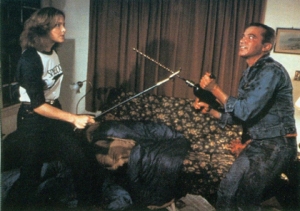
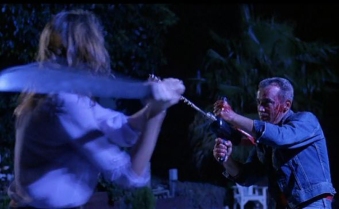
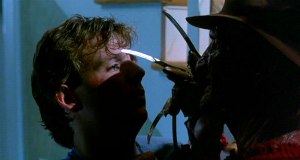
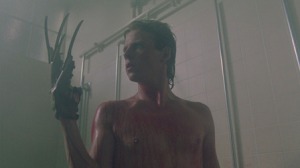
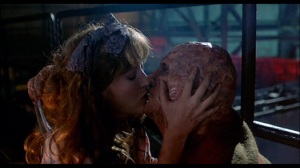
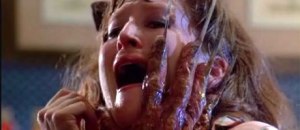
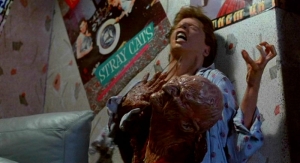
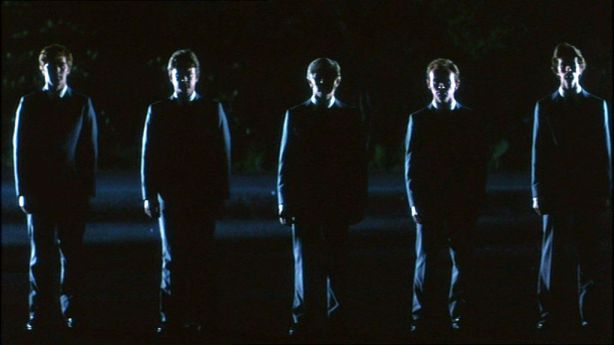
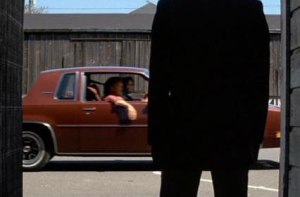
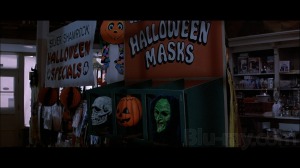
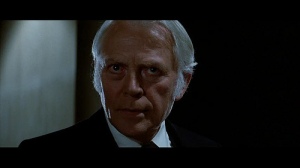

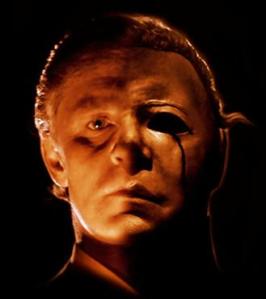
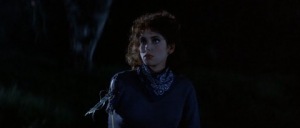
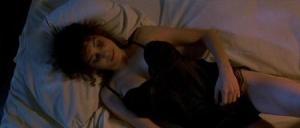
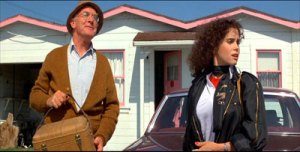
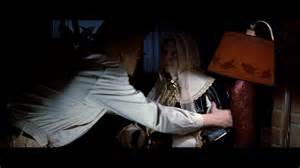
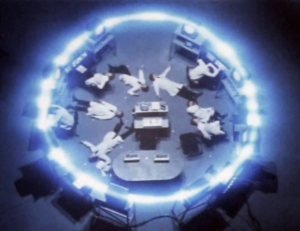
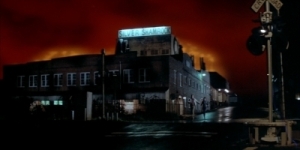
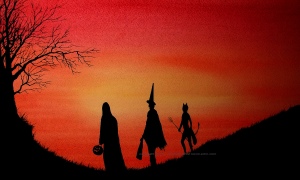
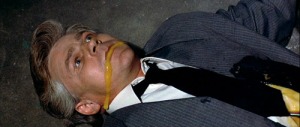
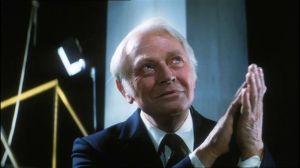
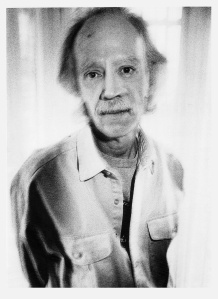

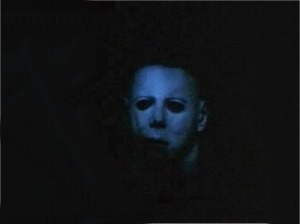
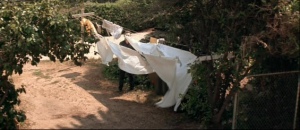
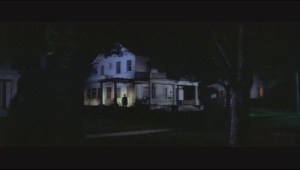

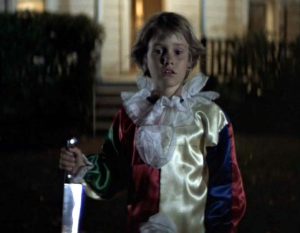
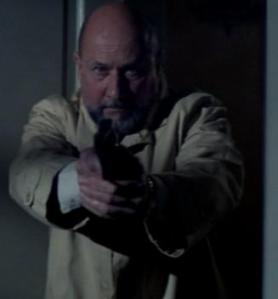
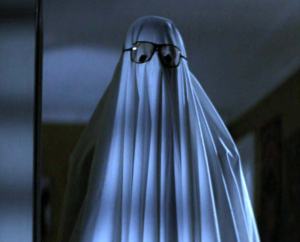
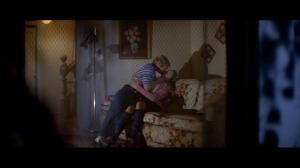
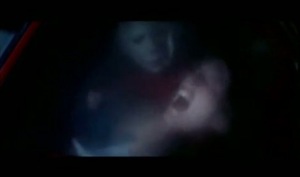
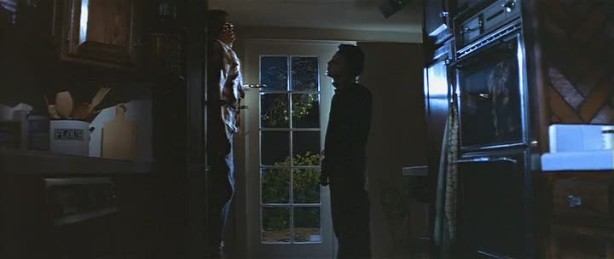
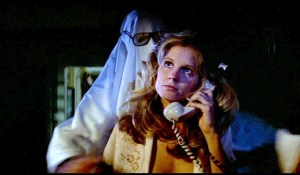
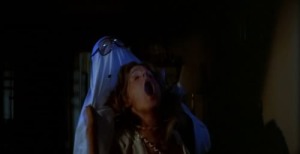
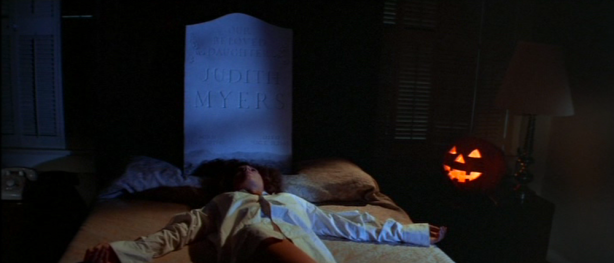
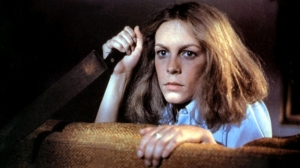

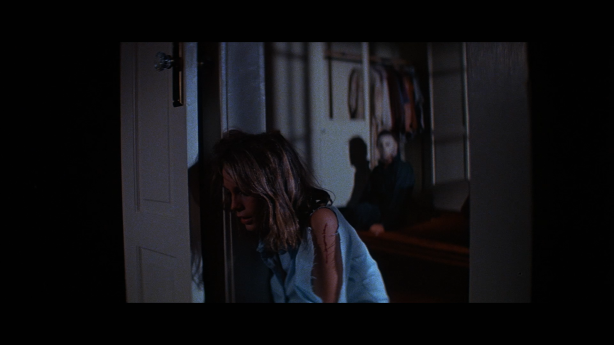
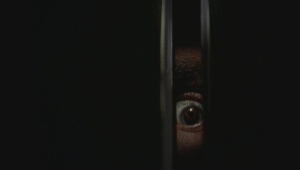
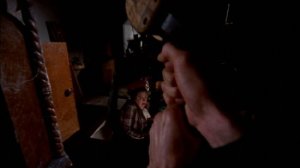
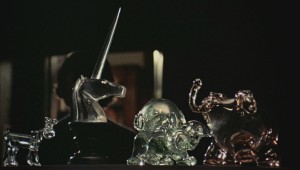
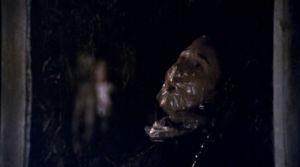
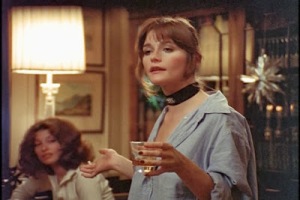
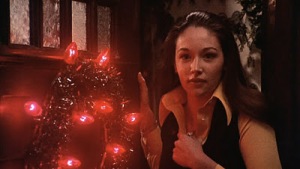
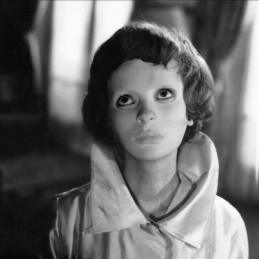
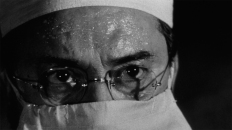
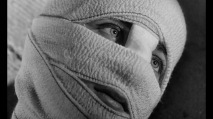

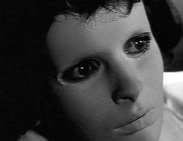
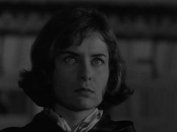
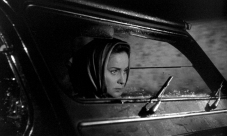
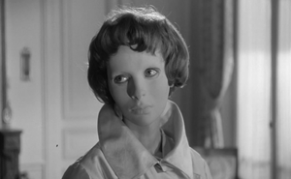
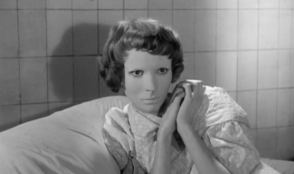
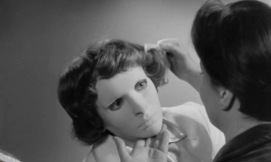
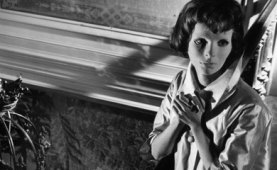
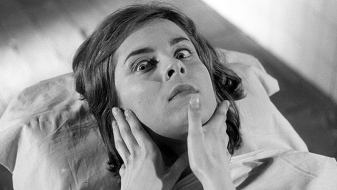
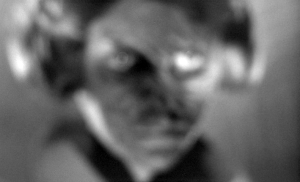
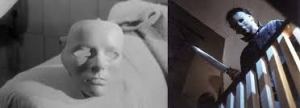
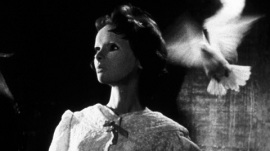
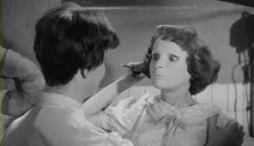
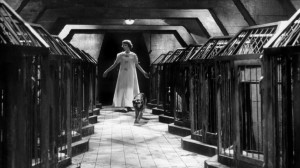
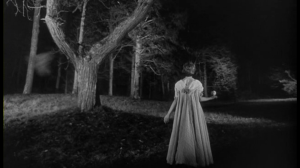

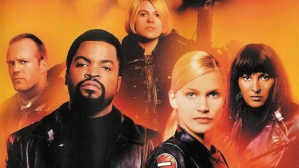
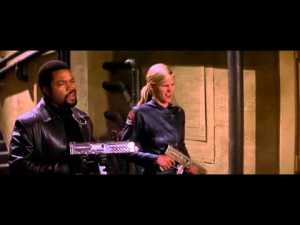
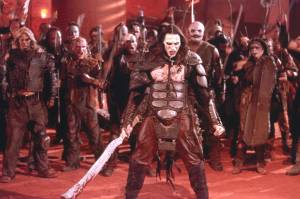
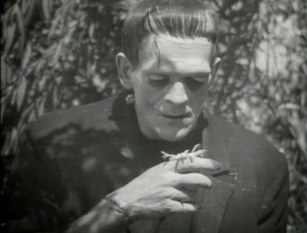
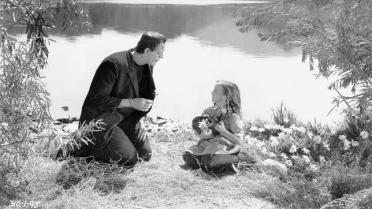
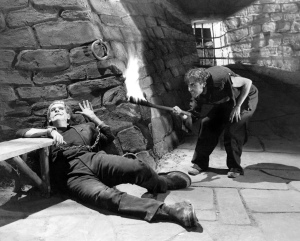 As with children, the creature learned violence from those around him, the jealous taunting by
As with children, the creature learned violence from those around him, the jealous taunting by 
